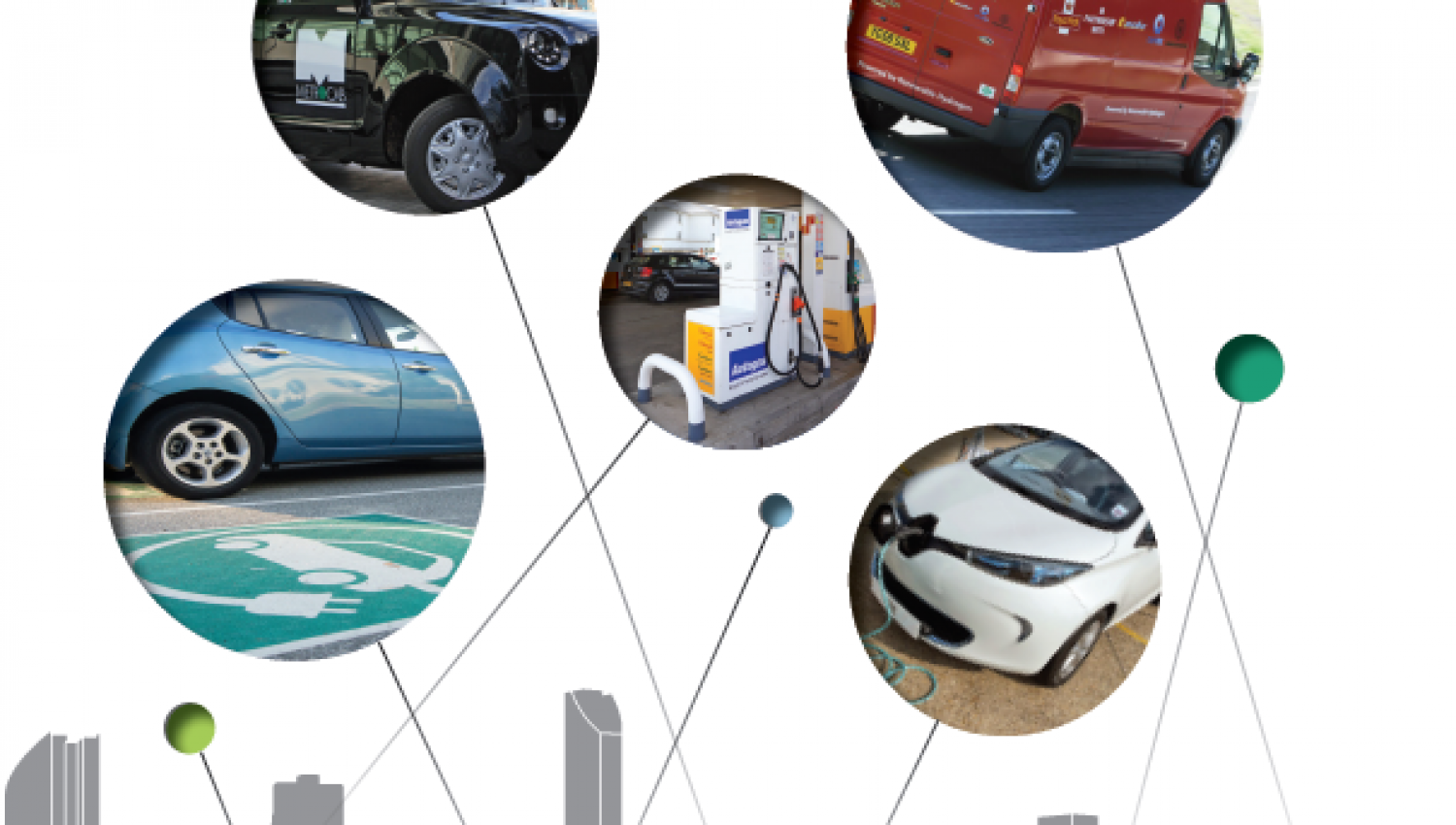

24th June 2015
Local Measures to Promote Low Emission Vehicles
The Low Carbon Vehicle Partnership today launched Urban Foresight’s ‘Good Practice Guide for Local Measures to Encourage the Uptake of Low Emission Vehicles’. A key recommendation is that policy measures implemented at the local level should be consistent with each other and that common definitions and vocabulary for low emission vehicles should be established.
With the twelve cities shortlisted for the £35m Go Ultra Low City scheme now preparing their final bids, the Guide provides a wide range of options that bidders may employ.
The guide showcases five ‘Ps’ – levers that local authorities can most effectively use to influence low emission vehicle uptake at the local level:
- Parking – discounts for LEVs or dedicated bays
- Permits – discounts for LEVs to operate in low emission zones and for residents; preferential permits for LEV taxis
- Planning – embedding consideration for LEV fuelling infrastructure into local development
- Procurement – local authorities specifying LEVs for their own fleets and setting leading standards for their service providers
- Promotion – of the benefits to business and via educational activity within the local community.
The five ‘Ps’ are amongst the most powerful of the range of options available to local policy makers as levers to stimulate local LEV uptake. Light duty vehicles – cars, vans & taxis – contribute much of the air pollution and greenhouse gas emissions in towns and cities across the UK. Low emission vehicles have a critical role to play in addressing these two challenges and in contributing to sustainable transport systems. Action taken at the local level can be instrumental in complementing national policies by making LEVs more convenient, cost effective and desirable to use.
The Good Practice Guide aims to assist local and city authorities in understanding a broad range of policy measures and initiatives that can be utilised to encourage the uptake of LEVs. It has been published to a timescale intended to benefit the bidders for the £35m available from OLEV’s Go Ultra Low City scheme – covers 12 distinct areas including planning; procurement; taxis and private hire vehicles; parking and infrastructure provision.
Examples of successful private public partnerships are explained in combination with case studies of good practice in the UK and internationally and it outlines the challenges local authorities face in adopting LEV policies, providing recommendations for how they can be overcome.
Currently, the market for a variety of LEVs, such as battery electric and plug-in hybrids, is in its early stages and requires national and local incentives to stimulate consumer demand and increase vehicle numbers. The Guide highlights that a variety of low emission vehicle fuels and technologies should be encouraged at a local level.
Local authorities are advised to set appropriate definitions for low emissions, prescribing the most up-to-date Euro engine emission standards and aligning CO2 emission standards with national policy guidelines. A key recommendation from the Guide is that policy measures implemented at the local level are consistent with each other, in order to create coordination between areas rather than confusion.
Research undertaken for the project found that air quality was the most powerful driver for local authorities to implement low emissions policies, followed by mitigating climate change.
Gloria Esposito, LowCVP Head of Projects, said: “The Guide can help local authorities to offer consistent benefits to individuals and companies which will give LEV drivers the peace of mind and confidence they need to make the switch.”
Derek McCreadie, Low Emission Officer, City of York Council, said: “City of York Council recognises the importance of using local policy measures to support the adoption of low emission vehicles. The new LowCVP ‘Good Practice Guide’ offers a broad range of case studies and innovative policy ideas that can be replicable across any local government context.”
More Stories


Systems change and community building for a net zero future

Urban Foresight at the 2023 Smart City Expo World Congress

Urban Foresight to lead national net zero accelerator programme

Developing sustainable tourism in Cambodia


![cyberessentials_certification mark_colour [12] cyberessentials_certification mark_colour [12]](https://urbanforesight.org/wp-content/uploads/elementor/thumbs/cyberessentials_certification-mark_colour-12-pnvwipr8zh5rhqz25vzzioz2x8t2zltvu0gwqv4000.png)
